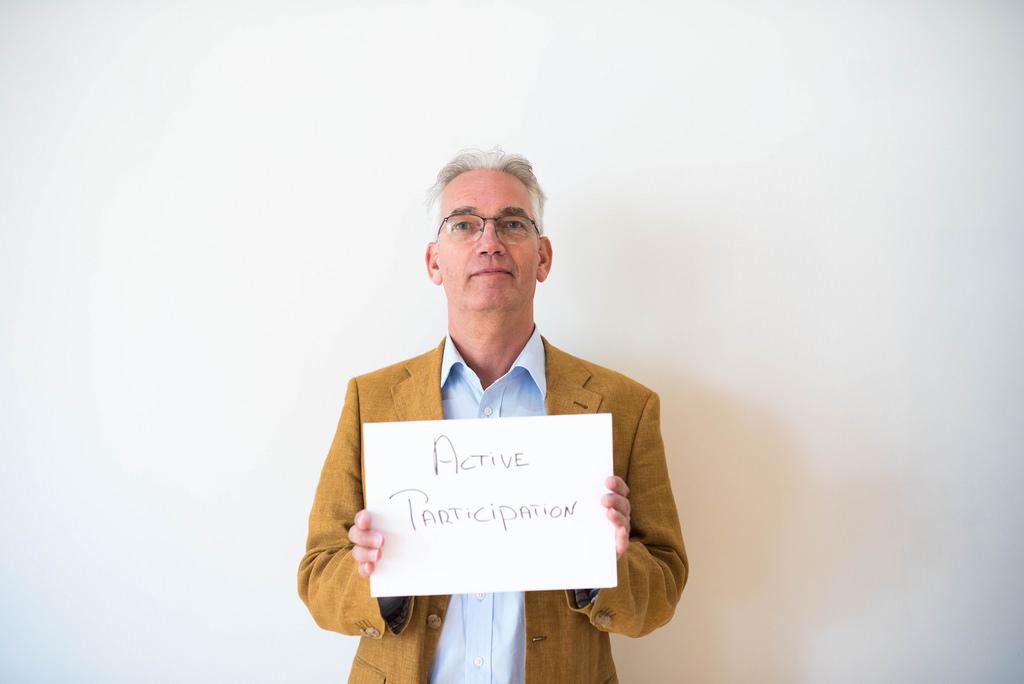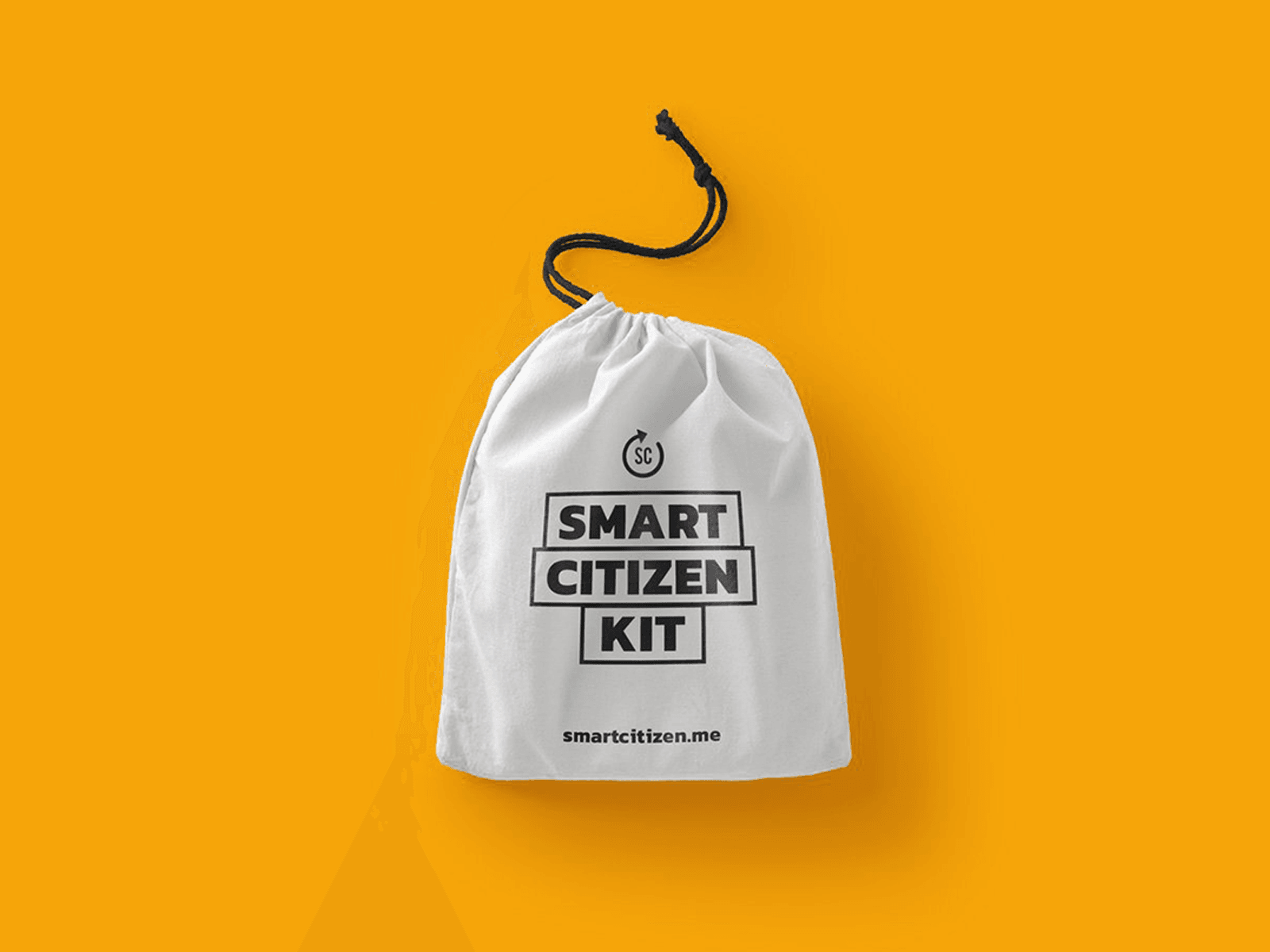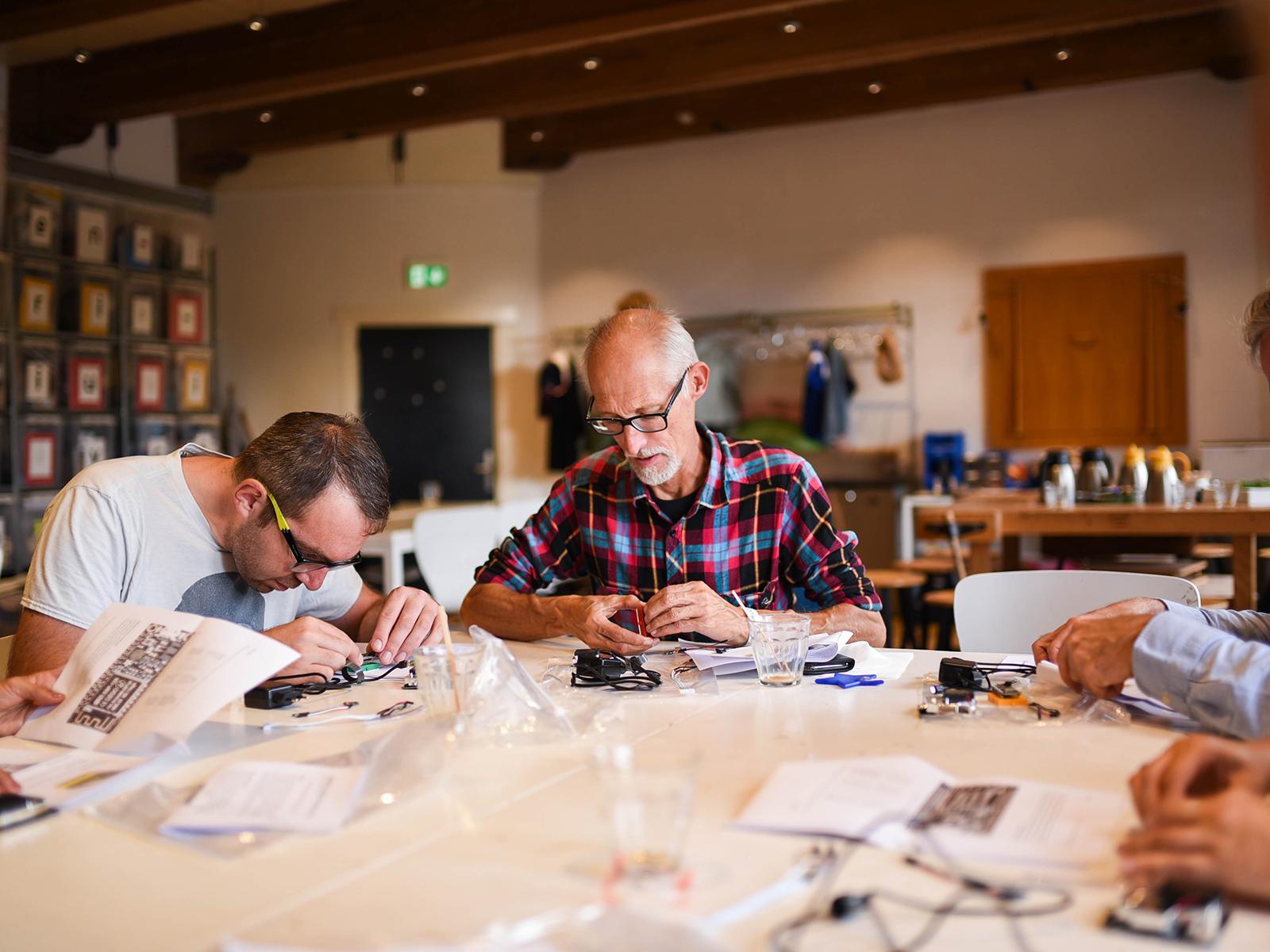In this short series we give people of Amsterdam the opportunity to have a short or long time experience with measuring particulate matter (PM) at home. PM consists of airborne particles of different sizes, origin and composition and is regarded as air pollution. Together with the National Institute for Public Health and the Environment (RIVM), Waag is developing PM sensors that can be put together at home and can be used to measure the level of air pollution in your own street.
For the first edition of the series we spoke to Paul.
Why do you participate and what do you find measuring important?
I knew nothing about air quality when I started measuring. I participated because I was interested in the subject and because I was curious about the outcomes. I think it is important that I everyone can experience for himself or herself how polluted or clean the air in your living environment is. There is a need for me to measure. I started measuring air quality in 2015 because my neighbour participated at that time in a project from Milieudefensie. The measuring did not happen with sensors, but with chemistry. We had to measure over the course of a year to get the statutory annual average and each time it took three months before we got the results back. In 2016 I started measuring digitally with Waag, which made the process easier, but back then there was not yet a website where you could check the values of your sensor. The sensors that were being used in later projects show the PM value immediately online. This gives a good overview of the day, or of the past year at that moment.
What results are you looking for and what have you achieved so far?
After a while I found out that the air of Amsterdam is more polluted than it should be. Because of this I started to take action in trying to change the policy on this subject. I would like to realize clean air and space and more sustainable transport in Amsterdam. The big question here is: do you have any control as a citizen? What we can do is create a platform and start the conversation while we measure ourselves. Measuring can help in clearing the problem and provides information as well.
In order to realize more sustainable transport in the city, we organized a bicycle demonstration. We also organised the round of the Stopera to get clean air on the election agenda, which succeeded! Another example of our actions to create awareness are the signs we spread around the city with “beware, unhealthy air!” Many people join the activities we organize, but it is difficult to get people into real action.
Why should everyone use an air quality sensor?
Measuring with these sensors makes people aware of their air quality: when they know more, they can do more about it. “You might think: what can a 19 euro sensor do? But after a bit of fine-tuning you get the same results as you would get from a really expensive sensor. This makes it super interesting!” The obtained information is can be the trigger to start a conversation with neighbours and politicians. However, it also raises more questions, like the unexplained peaks of PM in the night! I think it is important for residents to show that they are worried, when they take the matters into their own hands.
Because we all have the right for clean air!
Are you interested in Pauls’ story? You can read more a this blog (in Dutch)


